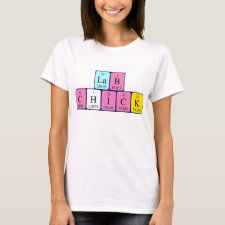
Authors: Awino JK, Zhao Y
Article Title: Water-Soluble Molecularly Imprinted Nanoparticles (MINPs) with Tailored, Functionalized, Modifiable Binding Pockets.
Publication date: 2015
Journal: Chemistry - A European Journal
Volume: 21
Issue: (2)
Page numbers: 655-661.
DOI: 10.1002/chem.201404919
Abstract: Construction of receptors with binding sites of specific size, shape, and functional groups is important to both chemistry and biology. Covalent imprinting of a photocleavable template within surface-core doubly cross-linked micelles yielded carboxylic acid-containing hydrophobic pockets within the water-soluble molecularly imprinted nanoparticles. The functionalized binding pockets were characterized by their binding of amine- and acid-functionalized guests under different pH values. The nanoparticles, on average, contained one binding site per particle and displayed highly selective binding among structural analogues. The binding sites could be modified further by covalent chemistry to modulate their binding properties
Author keywords: amphiphilic, host-guest, hydrophobic, molecularly imprinting, receptors



Join the Society for Molecular Imprinting

New items RSS feed
Sign-up for e-mail updates:
Choose between receiving an occasional newsletter or more frequent e-mail alerts.
Click here to go to the sign-up page.
Is your name elemental or peptidic? Enter your name and find out by clicking either of the buttons below!
Other products you may like:
 MIPdatabase
MIPdatabase









